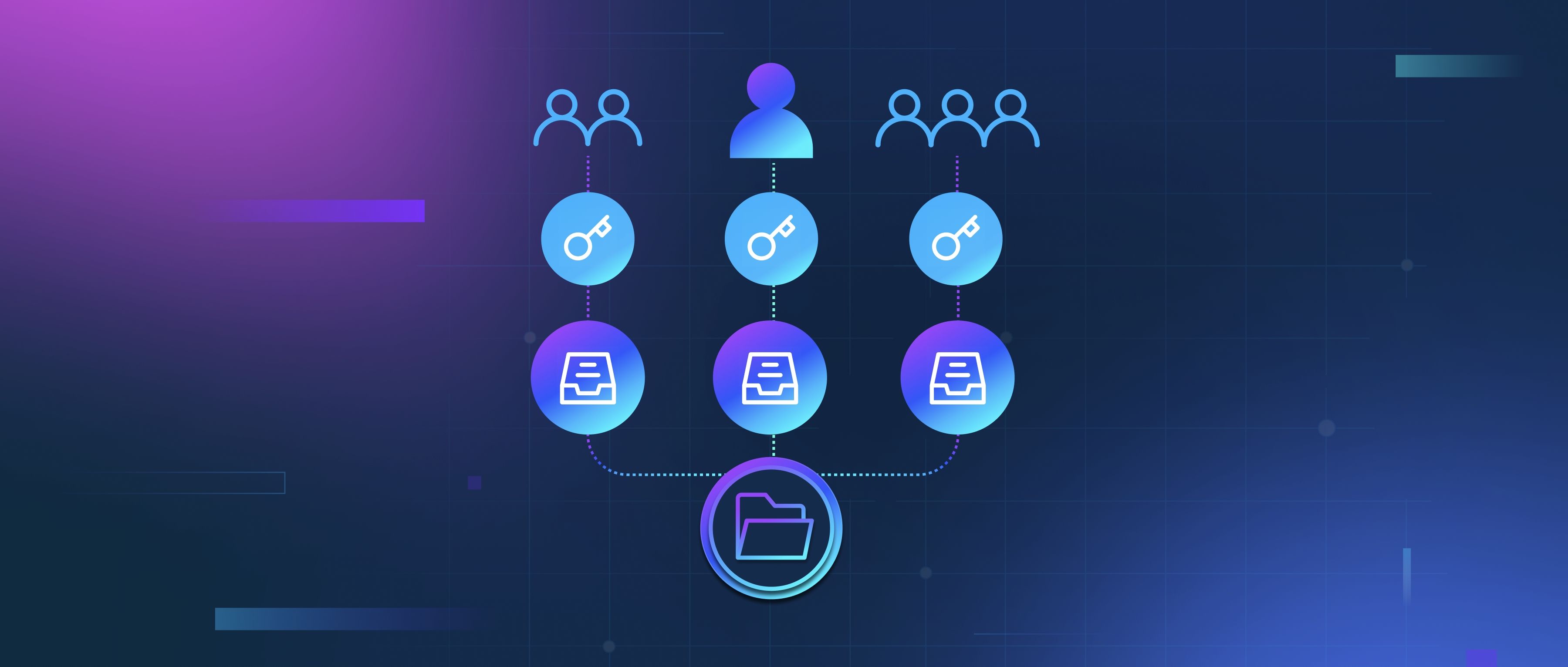To use OpenAI for generating interactive tutorials or guides, start by determining the content and structure you want to create. Clearly outline the topic, audience, and key concepts you want to teach. For instance, if you're developing a tutorial on building a web app with a specific framework, break down the tutorial into manageable sections—such as setting up the environment, coding individual features, and deploying the app. This helps you to feed specific prompts to OpenAI that lead to detailed and relevant responses.
Once you have your outline, use OpenAI to generate content for each section. For example, if you need an explanation of how to set up a development environment, you can ask OpenAI to provide a step-by-step guide on installing necessary software and configuring settings. You can refine the responses by asking for clarification or additional details. Incorporating interactive elements might involve coding questions, quizzes, or exercises. You can generate these by prompting OpenAI to create examples and challenges based on the tutorial's content. If the tutorial includes coding snippets, request sample code, and explanations that engage users in hands-on learning.
After gathering your content, consider integrating it into a platform that supports interactivity, such as a web-based application or a learning management system (LMS). You can use markdown for formatting, embed code editors for live coding, or use widgets for quizzes. This dynamic approach not only improves user engagement but also helps developers better absorb the material. Regularly gather feedback from users to continuously improve your tutorials based on their experiences and learning needs. This iterative process is essential for creating effective and interactive learning resources.
